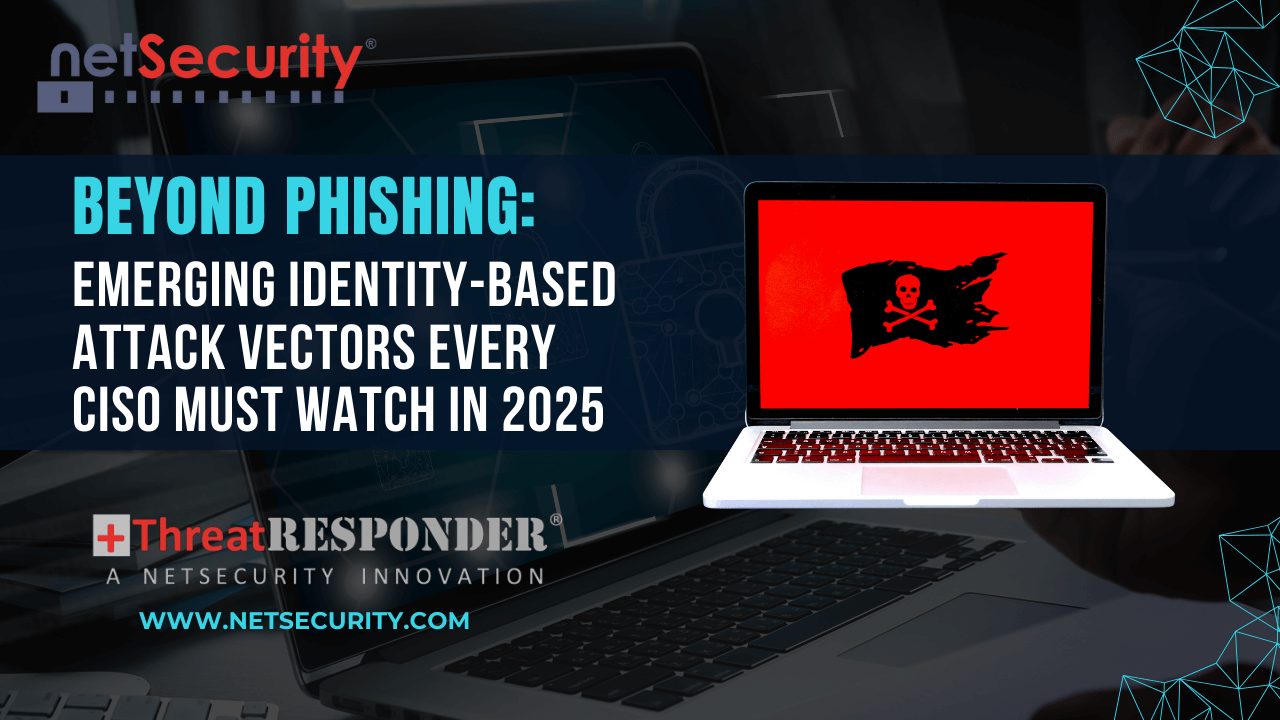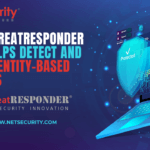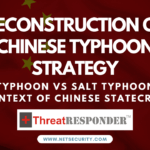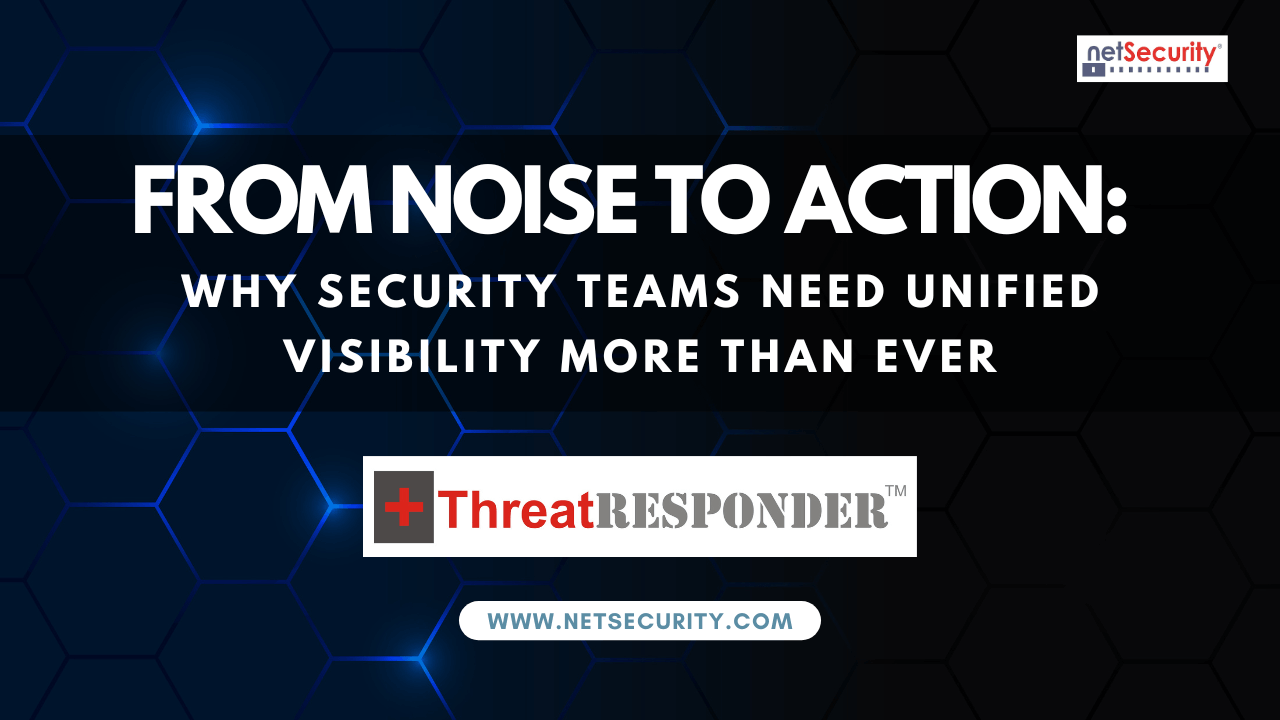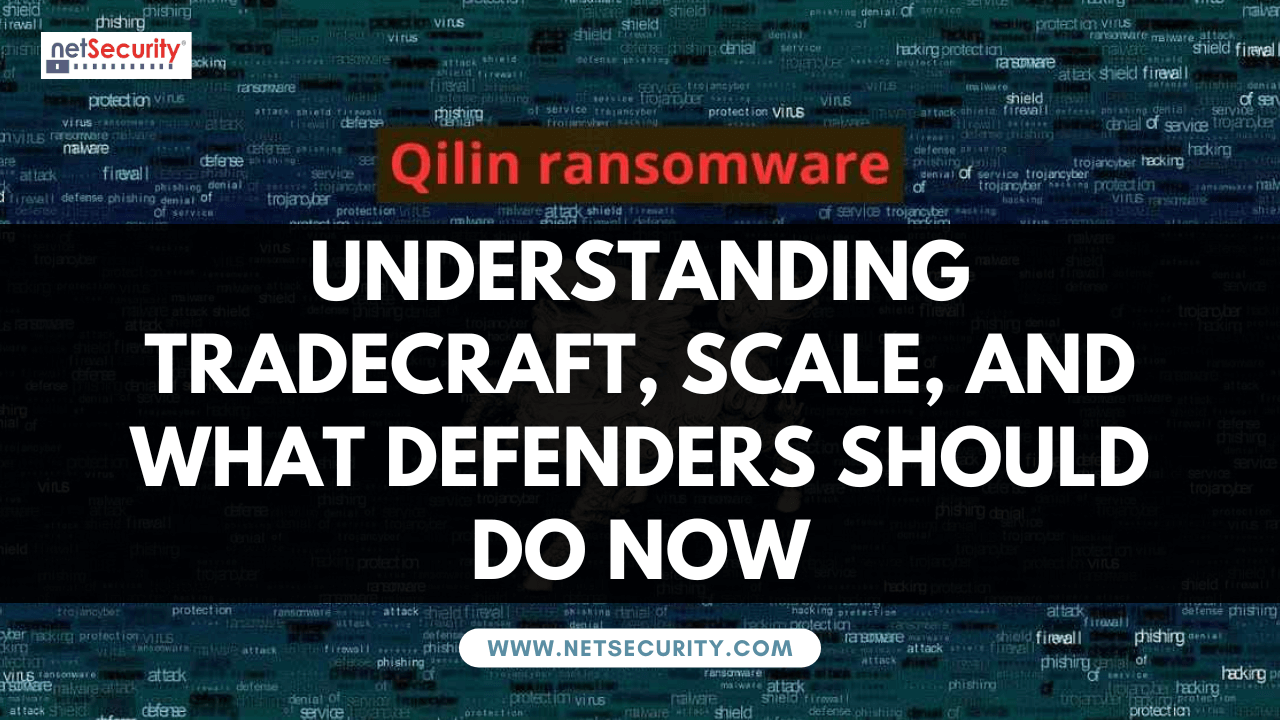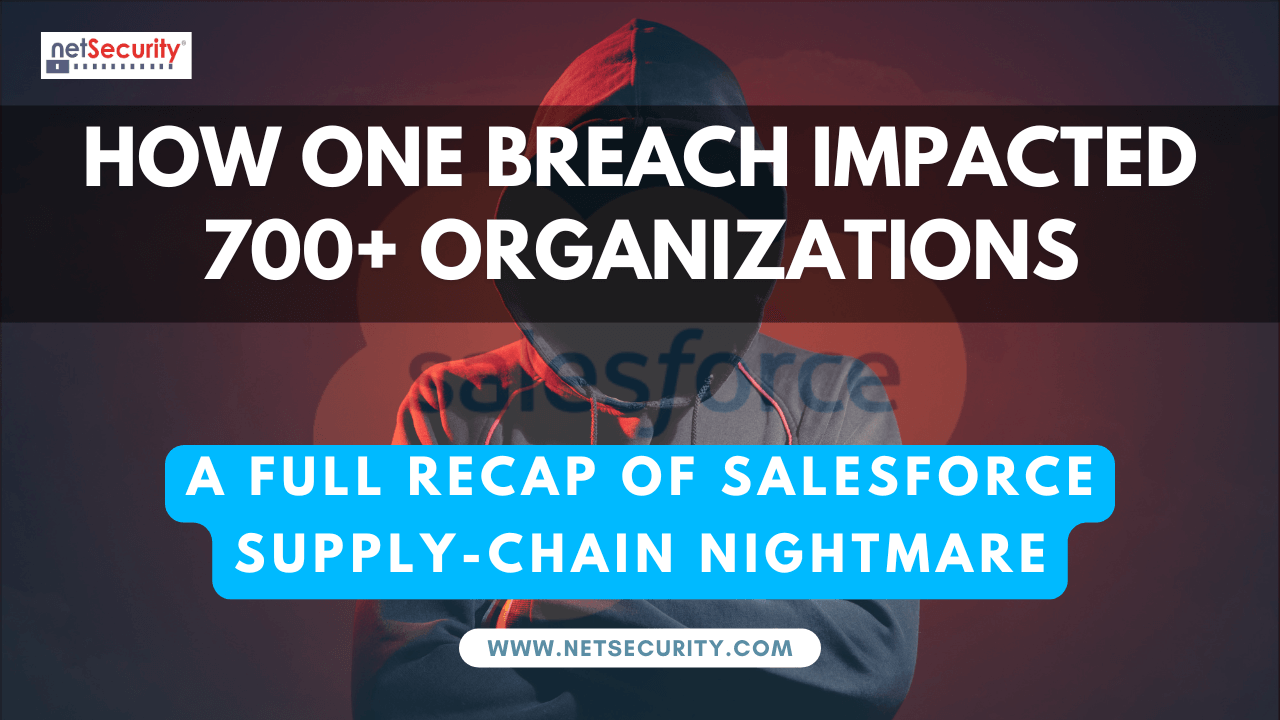Beyond Phishing: Emerging Identity-Based Attack Vectors Every CISO Must Watch in 2025
Identity is the new security perimeter. As organizations embrace hybrid work, cloud adoption, and federated identity models, attackers are shifting their focus away from perimeter defenses and toward the human and machine identities that grant access to sensitive systems. For years, phishing has dominated as the go-to tactic for identity compromise. But in 2025, threat actors are moving beyond simple phishing campaigns to exploit more advanced identity-based attack vectors.
For CISOs and security leaders, this evolution poses a critical challenge. Protecting the enterprise no longer means only defending against stolen credentials from fake emails—it means understanding and anticipating sophisticated identity abuse techniques that bypass traditional defenses.
This blog explores some of the most concerning emerging identity-based attack vectors every CISO should watch closely, and how solutions like ThreatResponder ITDR are designed to detect and stop them.
MFA Fatigue Attacks
Multi-Factor Authentication (MFA) has long been seen as one of the best defenses against credential compromise. However, adversaries have adapted. MFA fatigue attacks, sometimes called “prompt bombing,” are now a common method used by groups like Scattered Spider. Attackers flood users with repeated authentication prompts until the user, overwhelmed or distracted, eventually approves one.
This tactic exploits user psychology rather than technical weakness. CISOs should recognize that while MFA is crucial, it is not a silver bullet. User training, adaptive authentication, and behavioral analytics are critical in combating MFA fatigue.
Pass-the-Cookie and Session Hijacking
Cookies are not just for browsing convenience; they also store authentication tokens that keep users logged in. Attackers increasingly steal browser cookies or tokens from compromised endpoints, bypassing MFA entirely. This technique, known as pass-the-cookie, grants adversaries access to cloud applications and accounts without needing usernames or passwords.
Session hijacking is particularly dangerous in environments where Single Sign-On (SSO) is heavily used. A stolen cookie can effectively unlock an entire portfolio of applications. In 2025, CISOs should ensure their teams are monitoring for anomalous session behaviors, not just credential use.
SIM Swap Attacks
While telecom providers have improved safeguards, SIM swap attacks remain a persistent risk. Attackers trick or bribe mobile carrier employees into transferring a victim’s phone number to a new SIM card. With control of the victim’s number, attackers can intercept SMS-based MFA codes, reset passwords, and compromise accounts.
For high-value targets such as executives and administrators, SIM swaps are especially effective. Security teams should discourage SMS-based MFA in favor of stronger factors like hardware keys or app-based authenticators.
Golden SAML and Identity Federation Abuse
Identity federation allows organizations to extend trust across cloud and on-premises environments using protocols like SAML. However, adversaries have weaponized these trust relationships. The Golden SAML technique, first popularized by nation-state actors, allows attackers with access to a federation server to forge valid authentication tokens and impersonate any user—even administrators.
Because this technique exploits the trust chain itself, it is nearly invisible to traditional monitoring. CISOs should ensure their teams are monitoring federation infrastructure closely and validating the integrity of authentication tokens.
Insider Threats Leveraging Compromised Identities
Not all identity threats come from external adversaries. Insiders—whether malicious employees or compromised accounts—pose a significant risk. Attackers often leverage legitimate identities to move laterally, escalate privileges, and exfiltrate data.
Detecting insider-driven identity abuse requires visibility into behavior patterns. Unusual login times, access to sensitive data outside of normal business functions, and privilege escalations should all raise red flags.
Why Identity Threat Detection and Response (ITDR) Is Critical
As these examples show, identity is now the battleground. Traditional endpoint or network monitoring tools alone cannot fully protect organizations against identity-driven threats. What is required is a dedicated Identity Threat Detection and Response (ITDR) approach.
ITDR goes beyond static monitoring to:
-
Detect anomalies in authentication patterns
-
Identify privilege abuse and lateral movement through identities
-
Correlate behaviors across endpoints, cloud, and identity providers
-
Provide forensic visibility into how an identity was compromised
For CISOs, ITDR is not an optional add-on; it is a strategic requirement in the fight against modern attackers.
How ThreatResponder ITDR Helps Detect and Stop Identity-Based Threats
NetSecurity’s ThreatResponder ITDR delivers the capabilities organizations need to combat emerging identity attack vectors. Built into the ThreatResponder platform, ITDR provides deep visibility across identities, endpoints, and the cloud.
With ThreatResponder ITDR, organizations can:
Detect MFA Fatigue and Unusual Authentication Patterns
By analyzing authentication prompts and user responses, ThreatResponder flags suspicious MFA activity and detects abnormal access attempts.
Prevent Pass-the-Cookie and Session Hijacking
ThreatResponder continuously monitors for anomalous session activity, such as logins from unusual geographies or devices, alerting teams to hijacked sessions.
Mitigate SIM Swap Risks
By correlating identity and endpoint behaviors, ThreatResponder can identify sudden account takeovers consistent with SIM swap attacks, even if SMS-based MFA is bypassed.
Detect Federation and Golden SAML Abuse
ThreatResponder provides forensic visibility into SAML tokens and federation traffic, helping teams spot forged tokens and abuse of trust relationships.
Identify Insider Threats Early
With behavioral analytics, ThreatResponder establishes baselines for identity use and detects when insiders—or attackers using insider accounts—begin acting abnormally.
Preparing for the Identity Threat Landscape
The identity-based attack vectors highlight a stark reality: attackers no longer need to breach firewalls or exploit unpatched systems if they can compromise identities. CISOs must ensure their organizations are equipped not only to defend against phishing, but also to monitor for the sophisticated identity abuse techniques that are rapidly becoming mainstream.
ThreatResponder ITDR equips organizations with the visibility and detection power to identify these threats early, stop them before they escalate, and provide forensic clarity after incidents.
ThreatResponder ITDR delivers the visibility, intelligence, and automation needed to detect and stop identity-based threats before they cause damage. In an era where the perimeter has dissolved and the identity has become the new security frontier, ThreatResponder stands as a critical line of defense.
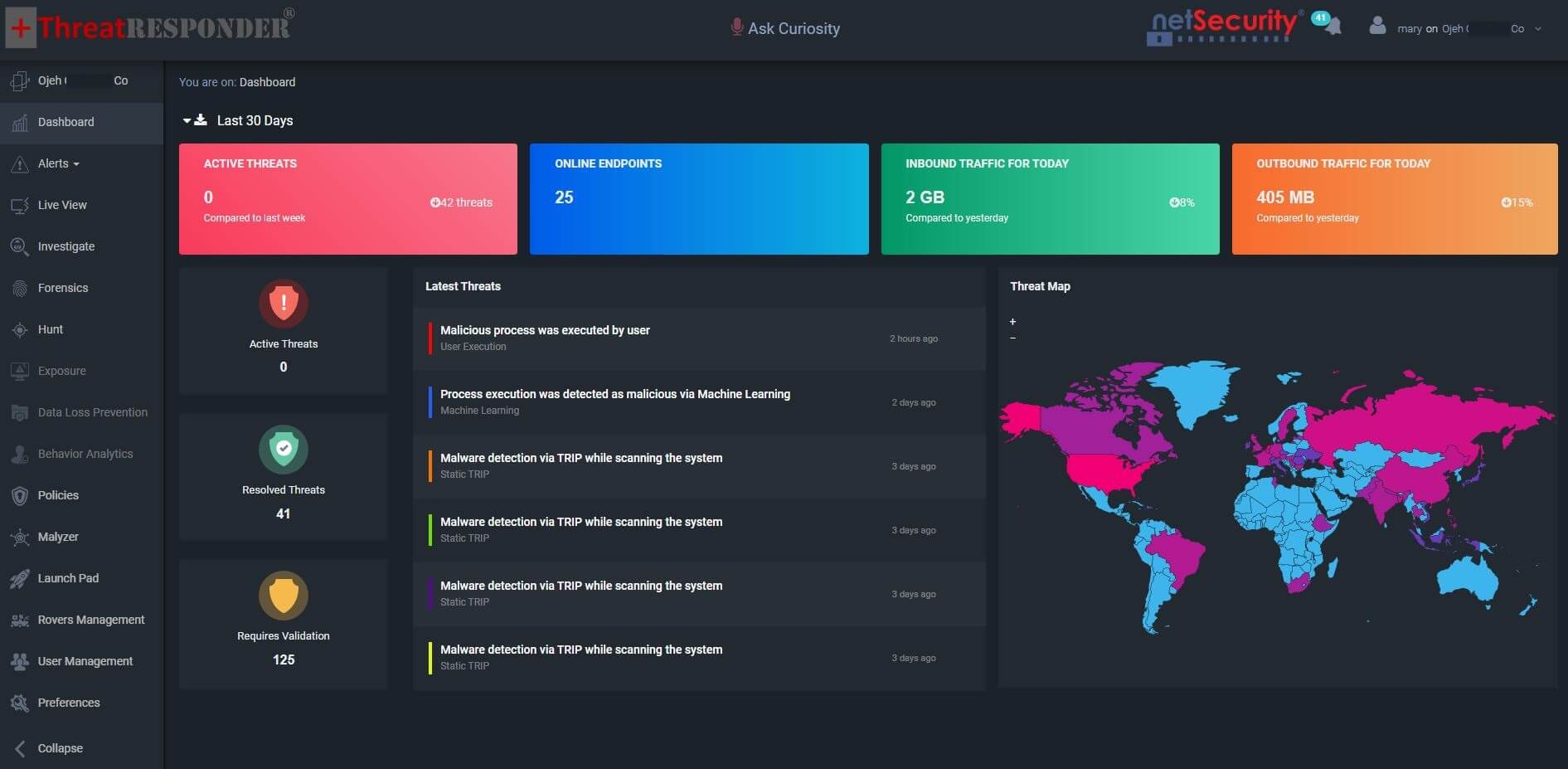
Disclaimer
The page’s content shall be deemed proprietary and privileged information of NETSECURITY CORPORATION. It shall be noted that NETSECURITY CORPORATION copyrights the contents of this page. Any violation/misuse/unauthorized use of this content “as is” or “modified” shall be considered illegal and subjected to articles and provisions that have been stipulated in the General Data Protection Regulation (GDPR) and Personal Data Protection Law (PDPL).


